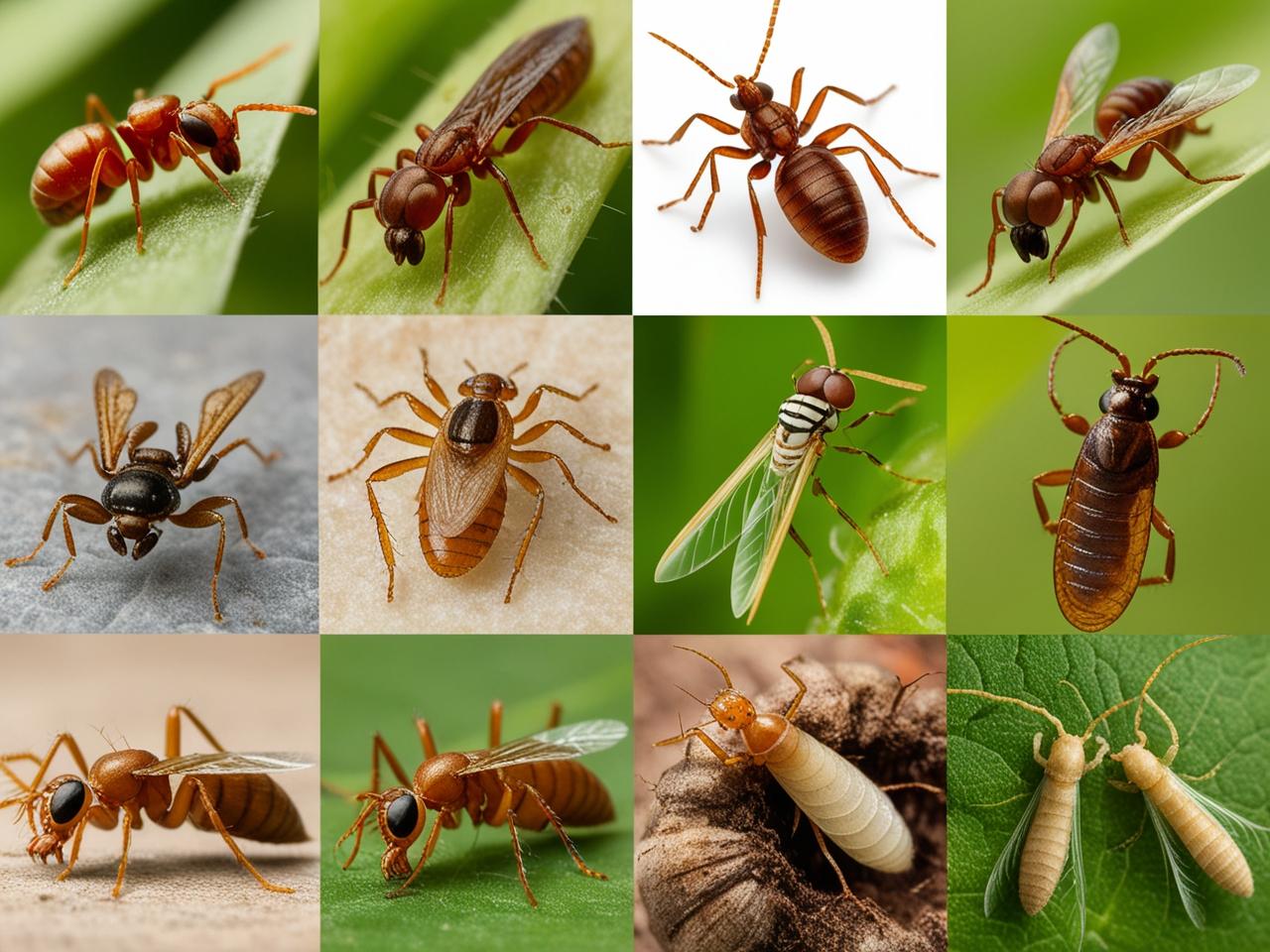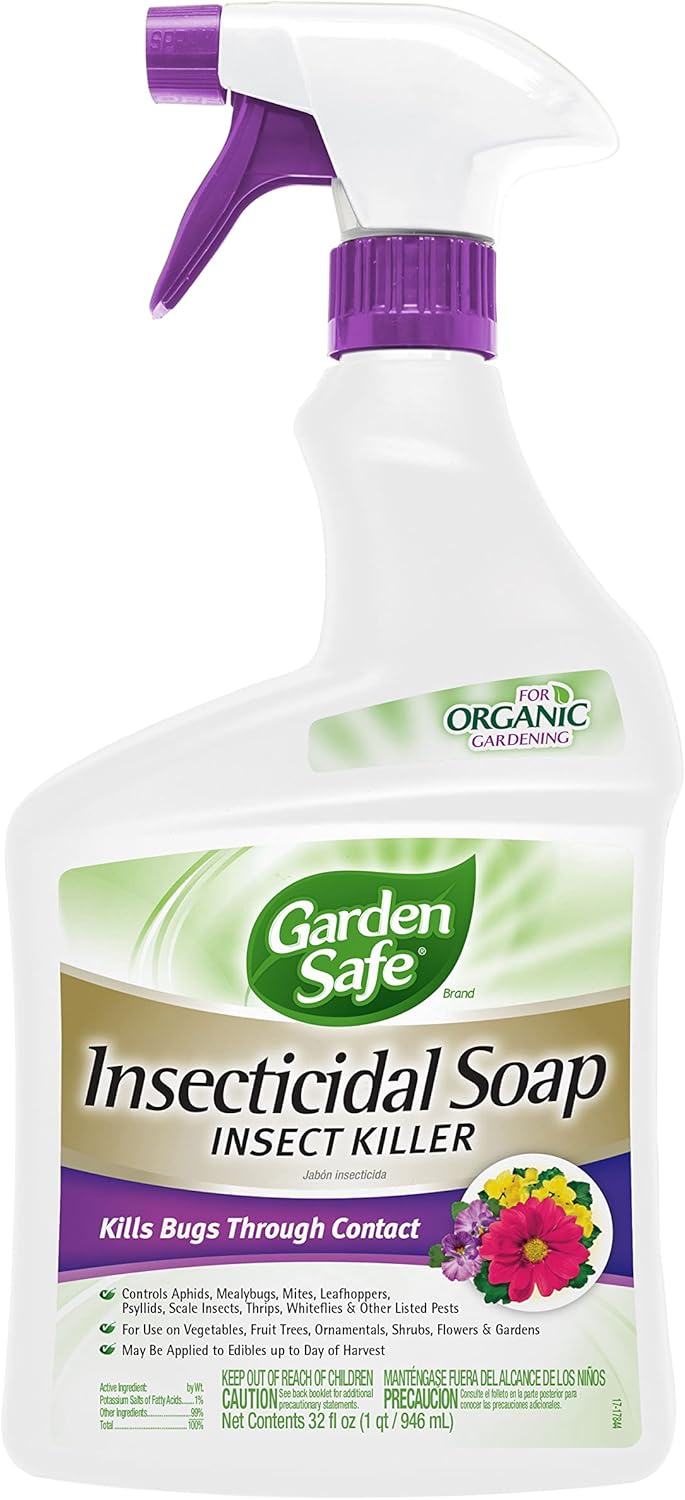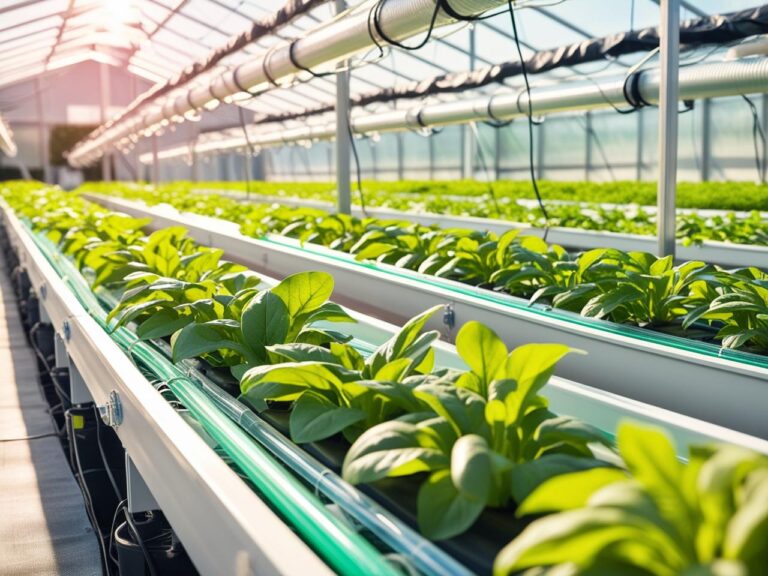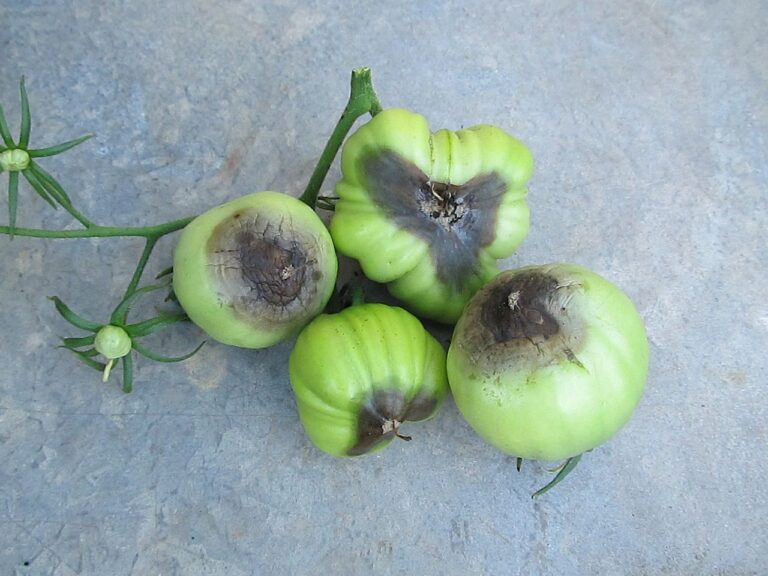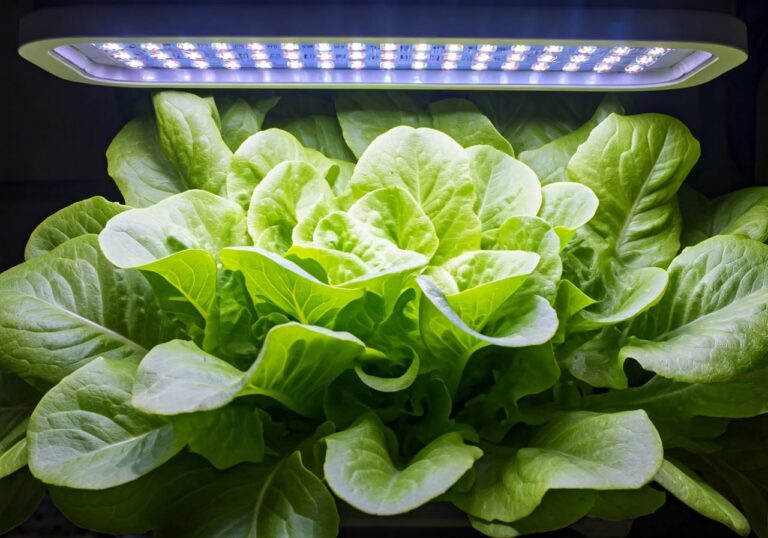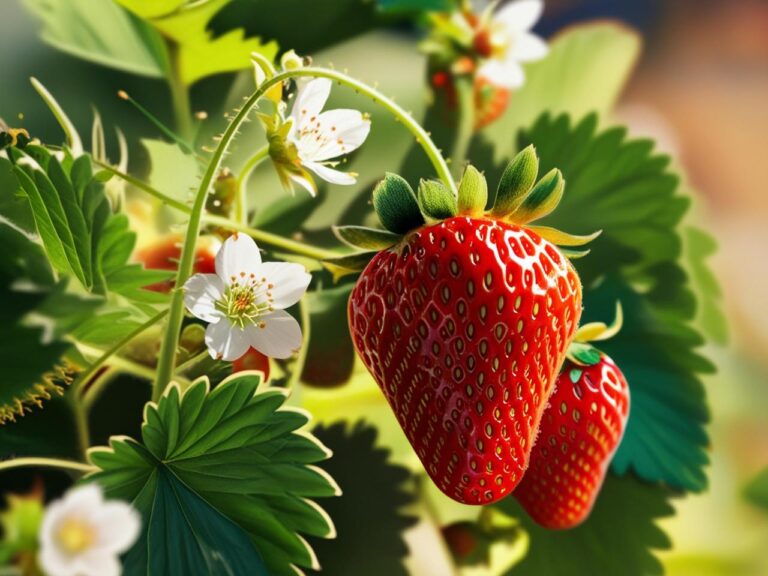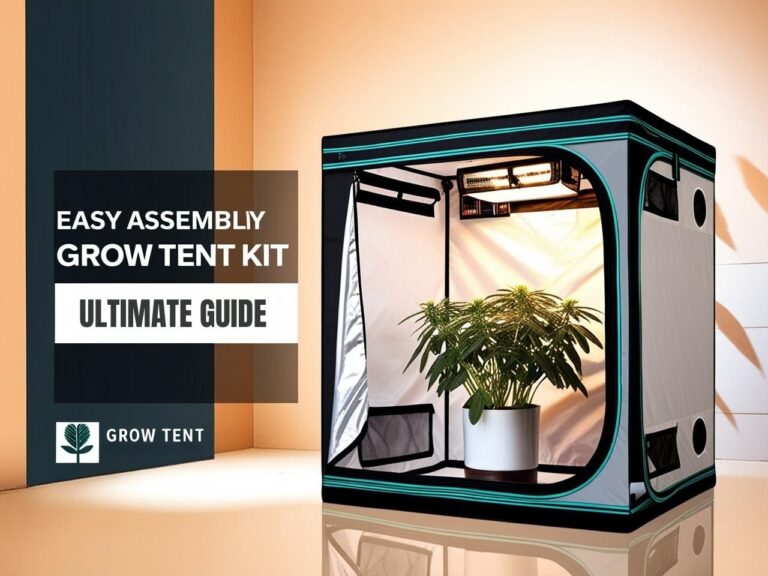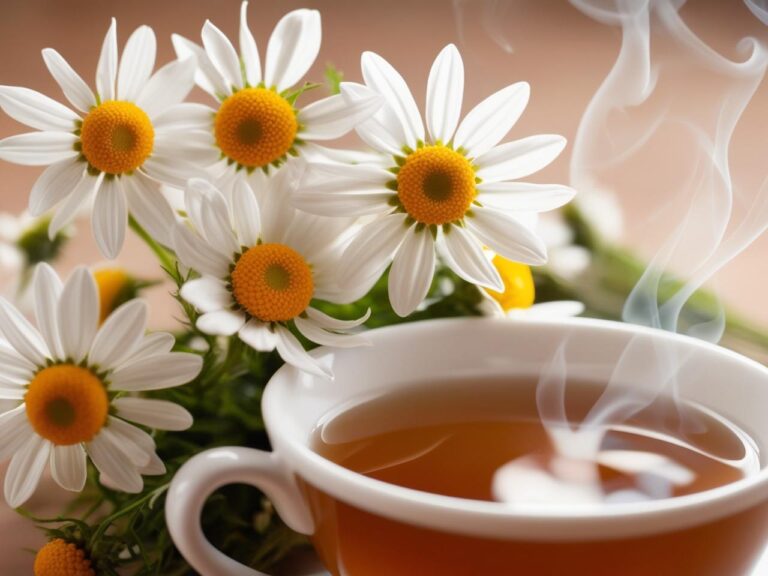Common Hydroponic Pests and How to Manage Them
Hydroponic gardening offers many advantages, such as space efficiency and faster plant growth, but like any growing system, it isn’t immune to pest problems. Here’s a breakdown of the most common hydroponic pests and effective ways to keep them at bay.
1. Aphids
Description: These tiny, pear-shaped insects can be green, black, or white. They feed on plant sap, causing leaves to curl and weaken the plant.
Prevention & Control:
- Natural Predators: Introduce ladybugs or lacewings, which naturally feed on aphids.
- Neem Oil: Spray diluted neem oil on affected plants to deter and eliminate aphids.
- Sticky Traps: Set up sticky traps to catch any flying aphids before they settle.
2. Spider Mites
Description: Spider mites are minuscule, often requiring a magnifying glass to see. They leave behind a telltale sign of fine webbing and cause yellowing of leaves.
Prevention & Control:
- Humidity Control: Spider mites thrive in dry conditions, so increasing humidity can help prevent infestations.
- Miticides: Use specific miticides for severe infestations.
- Rubbing Alcohol: Wipe leaves with a diluted rubbing alcohol solution for spot treatment.
3. Whiteflies
Description: Small, white-winged insects that flutter when disturbed. They feed on plant sap and can spread plant diseases.
Prevention & Control:
- Yellow Sticky Traps: Place traps near plants to capture adult whiteflies.
- Insecticidal Soap: Regularly spray insecticidal soap to suffocate and eliminate them.
- Companion Planting: Plant marigolds nearby to deter whiteflies naturally.
Kills Bugs Through Contact.
For Use Indoors, Outdoors and in Greenhouses.
Ready-To-Use Spray.
4. Thrips
Description: These slender, tiny insects scrape plant surfaces and feed on the fluids. They often cause silvery patches or streaks on leaves.
Prevention & Control:
- Blue Sticky Traps: Thrips are attracted to blue, so these traps can help reduce their numbers.
- Beneficial Insects: Introduce predatory insects like minute pirate bugs.
- Neem Oil & Garlic Spray: Regular applications can keep thrips in check.
5. Fungus Gnats
Description: Often mistaken for fruit flies, fungus gnats are small and black. They primarily target the root zone, where their larvae can damage plants.
Prevention & Control:
- Dry Growing Medium: Allow the top layer of the growing medium to dry between waterings.
- Hydrogen Peroxide Solution: Water plants with a diluted hydrogen peroxide solution to kill larvae.
- Beneficial Nematodes: Release nematodes into the medium to attack and kill fungus gnat larvae.
6. Root Aphids
Description: Unlike common aphids, root aphids are found in the root zone and can stunt plant growth by feeding on the roots.
Prevention & Control:
- Regular Monitoring: Inspect root systems frequently for signs of aphids.
- System Flush: Use an insecticidal root drench to flush the system.
- Sterile Practices: Maintain a clean hydroponic environment to minimize risk.
Tips for Preventing Pests in Hydroponics
- Cleanliness: Regularly cleaning and sanitizing the entire hydroponic system is crucial to prevent pest buildup. This includes cleaning and disinfecting all equipment, such as grow trays, reservoirs, pumps, and tubing. Maintaining a clean hydroponic environment minimizes the risk of pest infestations.
- Healthy Plants: Ensure plants receive the right nutrients and optimal environmental conditions, as healthy plants are less susceptible to pests and disease.
- Quarantine: Isolating new plants before introducing them to the main hydroponic setup is important to prevent the spread of pests and diseases. This allows gardeners to observe the new plants for any signs of infestation before they can potentially harm other plants in the system.
- Monitoring: Using magnifying tools to frequently inspect plants for early signs of pests is an effective way to control infestations. Early detection allows for prompt treatment and can prevent widespread infestations. Regular monitoring also allows gardeners to identify potential issues before they become serious problems.
Related: How to Troubleshoot Common Hydroponic Problems
Conclusion
While hydroponic systems can be more controlled than soil-based gardening, pests can still find their way in. By staying vigilant, using natural and preventive methods, and being prepared with targeted treatments, you can keep your hydroponic garden pest-free and thriving. Happy Gardening!

